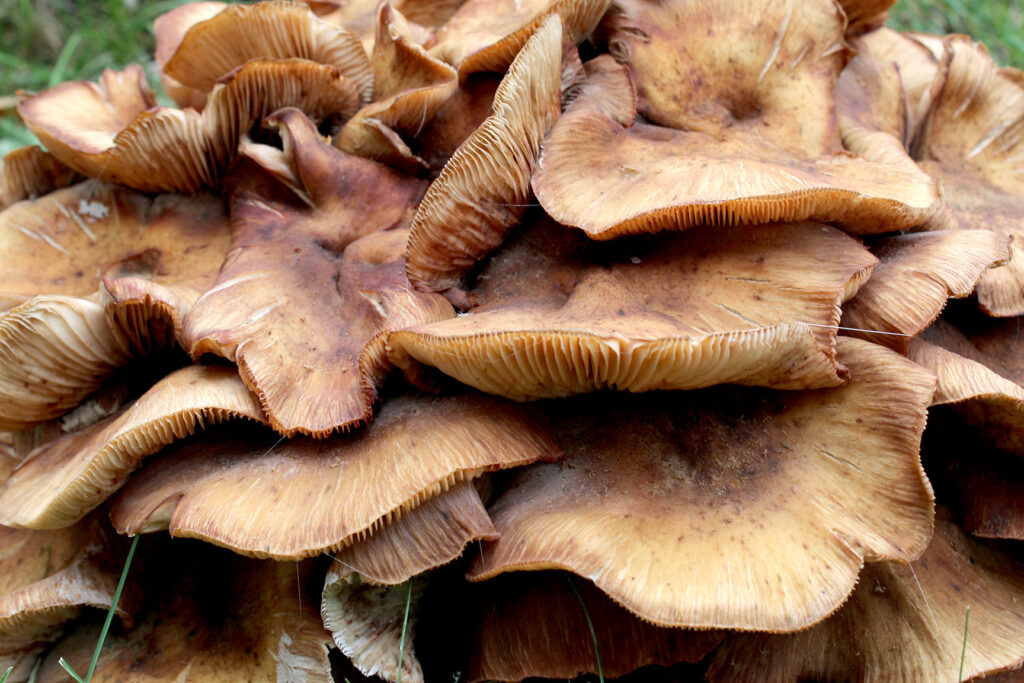A mushroom is the reproductive part of the mycelium of a fungus. When the edible reproductive part is above ground, we call it a mushroom; when the reproductive part is underground, we call it a truffle. Since the latter are much harder to find, we mostly settle for hunting the visible mushroom. Mushrooms are not plants – in fact, in some ways they have more in common with animals as they require oxygen.

New Mexico is a remarkable place for finding mushrooms since there are so many micro-climates, from desert to alpine mountain tops. Each niche in the land has its own species of mushrooms. The total number of mushroom species in New Mexico is unknown, but David Augustyniak, a mycologist from the Art FarmUNIncorporated, was able to identify 500 species in our state last year! Mapping the species is an important scientific endeavor. In the next year, David hopes to collect and clone local strains of New Mexican fungi to better identify them and be able to offer new ones to the community.
We are learning more and more about the role of fungus and their mycelia in healthy soil. The future of forests and our food chain depend on healthy soil. The international organization Fauna Flora Funga (FFF) encourages countries to protect fungi as they become endangered species. The polypore group of mushrooms in the Pacific Northwest is already on the endangered list. Polypores are leathery and large – specimens have been found weighing up to 290 pounds!
Fungus need certain things for growth and fruiting, for expample, healthy air is critical since fungi need oxygen and release carbon dioxide. They need the right food source, as different species have evolved to use different sources. The amount of moisture and the right level of humidity dictates whether a certain species could survive in the desert. Also, each species has adapted to a particular range of temperatures.
Forays to help people identify and search for edible mushrooms are organized by the New Mexico Mycological Society. The Society meets from March to December, and they sponsor regional forays, mostly during the monsoon season in July, August, and September. About one in three years is good for gathering mushrooms.
“It is hard to motivate people to care about something they do not know about or understand,” according to FFF, so while we may make fun of the “fungus among us,” their critical role in our future is not a joke. The book review of “Finding the Mother Tree,” in Issue 30 of the mid Rio Grande Times highlights this.
This article was written with input from David Augustinyak.

